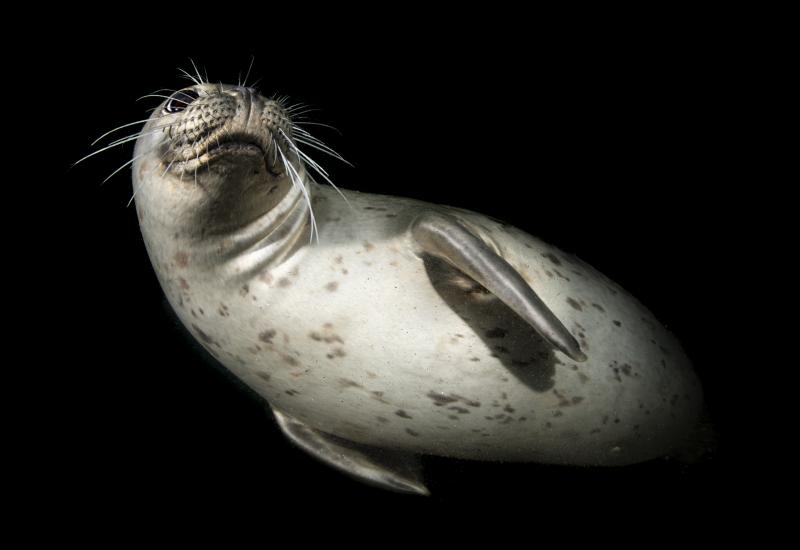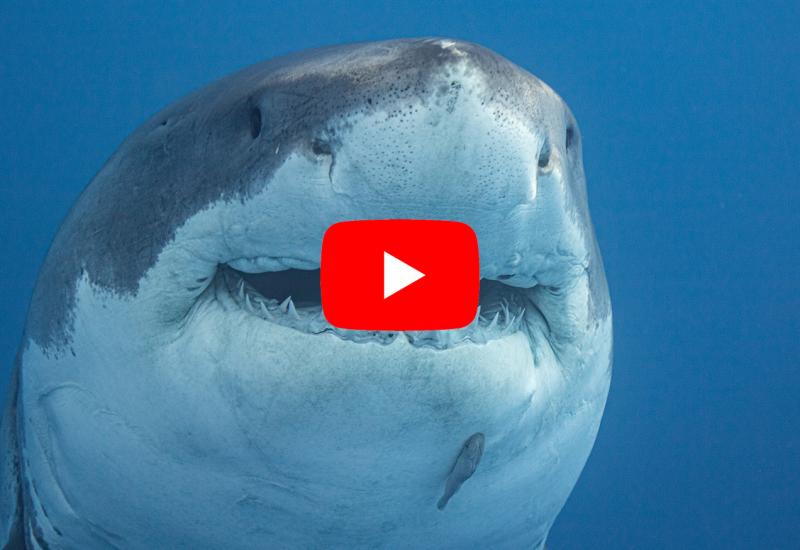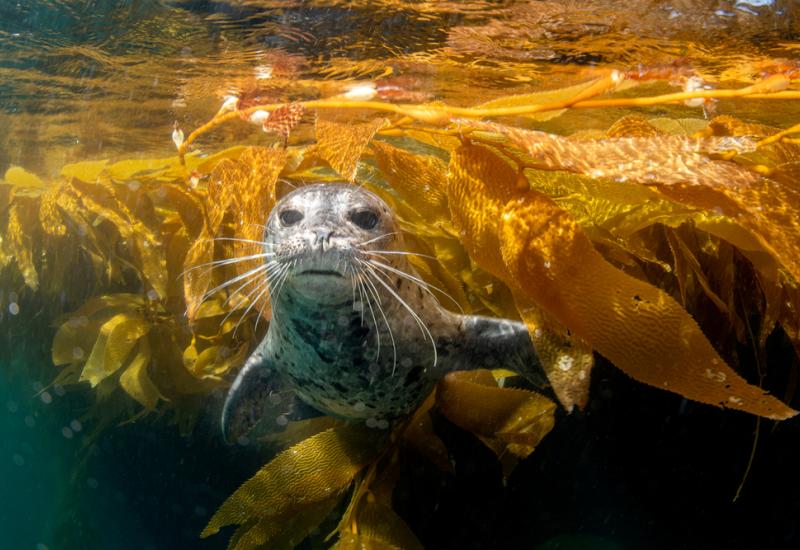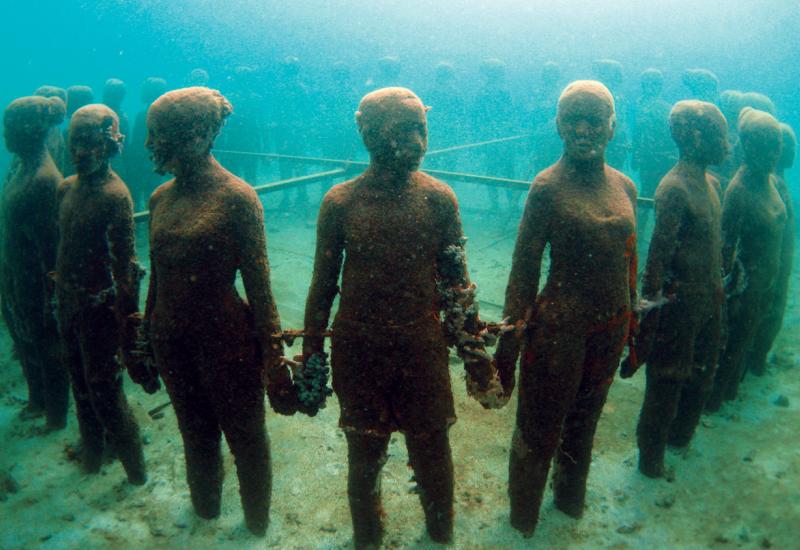Diving Monterey Bay’s Squid Mating and Death Frenzy
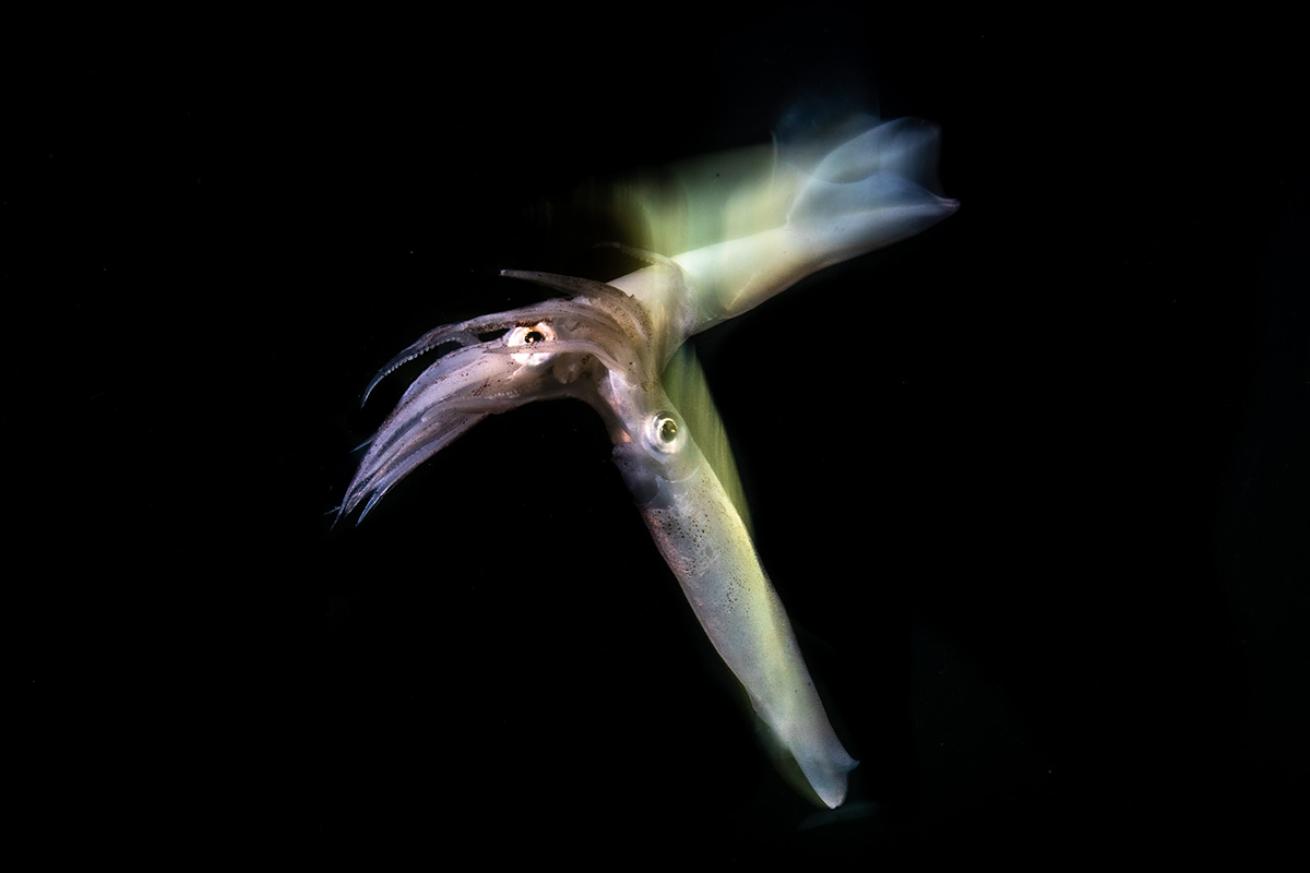
Joe PlatkoPigment-containing cells flash from translucent white to crimson during mating, the squid equivalent of a sock on the doorknob.
Slippery waterfalls of squid streamed all around me. Large eyes, frantic with lust, glinted off the beam from my dive light. Thousands of California market squid gathered to a patch of sand 40 feet below the surface in Monterey, California, and my heart leapt with joy and awe as the most magnificent spawning event I had ever witnessed unfolded before my eyes.
The sun was fading as my car trudged up the final hill to the beach earlier that evening. I had been out of the water for three weeks and my gills were bone dry. A combination of lockdown blues and the dread of cleaning my gear made me ambivalent about getting in, but I couldn’t miss this.
Even in the dark I could make out 10 or more cars already parked, silhouettes leaned against them. It was four months into Monterey’s COVID shutdown and we were all itching to get out of the house. This was the perfect excuse: the squid run was here, closer to shore than usual, and we were stoked. Making up the second largest fishery in California, commercial squid fishing has been an integral part of Monterey’s history for over a century. But while most look forward to crispy calamari dishes in local restaurants during the squid season, divers look forward to the sex-fueled spawning and mortality frenzy.
Millions of squid emerge from the dark depths of the Monterey canyon every year. Pulled by some invisible biological drive, they gather, spawn, lay eggs and die en masse after only a year of life. Just weeks later, the new squid will emerge from egg cases laid on the sandy seafloor.
Darkness continued to descend as shivering bodies tugged on wetsuits and drysuits. Excitement and a sense of community that had been absent the past few months of lockdown were building. As the final bit of sunlight dissipated into darkness we started the short but strenuous walk over the steep sand berm before the beach, our feet sinking heavily into coarse sand. My legs burned with each step — yet another reminder that I had been out of the water for too long.
Tiny waves licked the shore, barely even moving me as I walked into the water, shoved my boots into fins and adjusted my mask. We descended weightless in a tunnel of darkness until the bottom appeared below us, illuminated by a dozen or so dive lights. A few tattered looking squid milled around, lolling from side to side as if reeling from a recent brawl. Squid die shortly after they spawn, and we observed their final haggard moments. A taste of what was to come.
As we approached the main spawning location, the squid army became increasingly dense. Squid are attracted to light, which is why the commercial fishing boats use bright bulbs at night to lure the squid in. We created a large circle, facing each other, with our lights pointed into the middle to form our own gleaming lure.
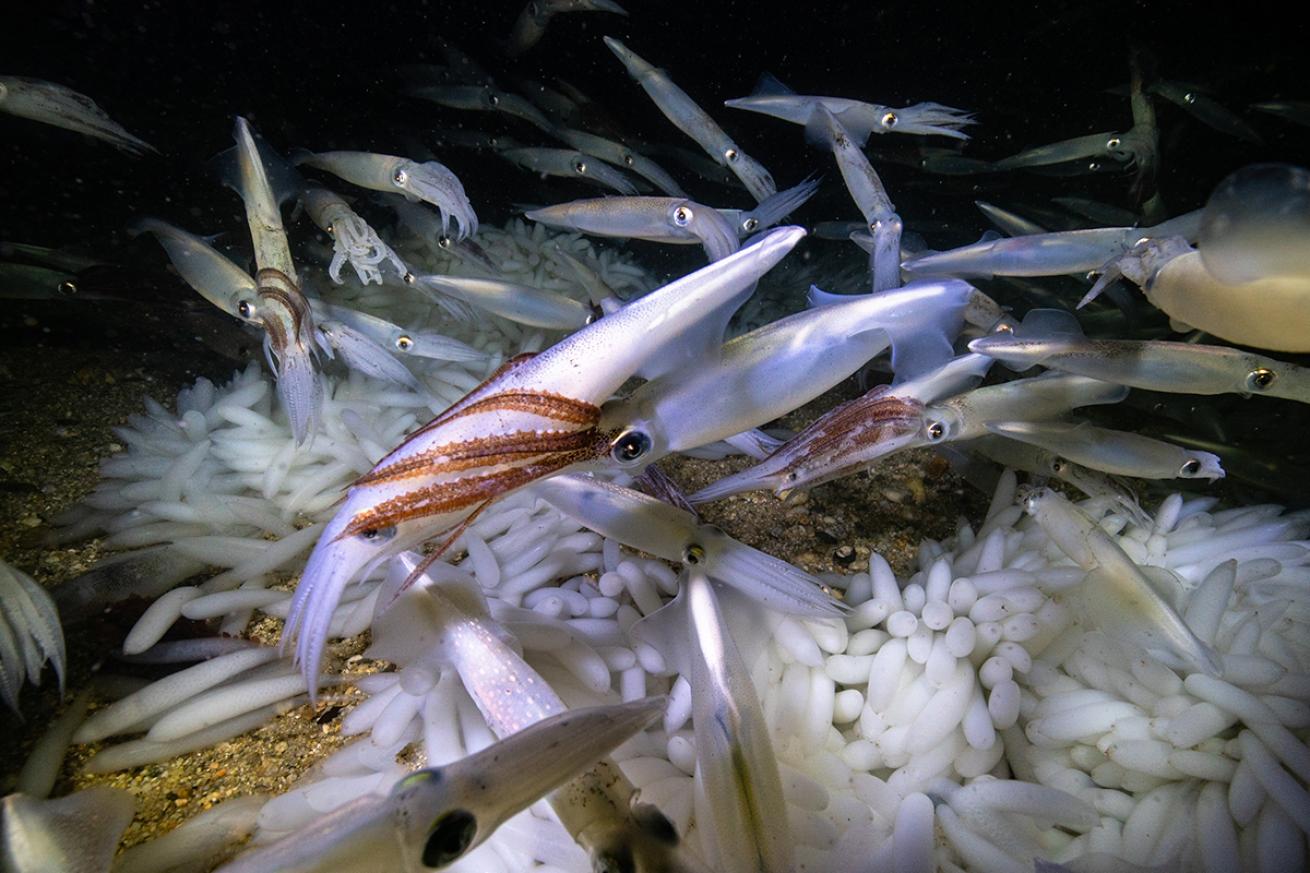
Joe Platko"Like tiny white missiles they buzzed through the water backwards, tentacles trailing behind their oblong heads, bashing into each other in their frantic rush."
They poured in from all directions, sinking to the bottom and congregating near the sand. Like tiny white missiles they buzzed through the water backwards, tentacles trailing behind their oblong heads, bashing into each other in their frantic rush. Mating squid stuck together desperately, tentacles entwined, chromatophores (pigment-containing cells) flashing from translucent white to crimson, the squid equivalent of a sock on the doorknob. Tiny rainbows danced across their skin and I extended my gloved hand. Seven or eight squid bumped into it repeatedly, a crazed look in their disproportionately massive eyes.
A solitary squid singled me out. Hovering at eye level, he stared me straight in the face for several seconds, a few inches from my mask, sizing me up as a potential oddly-shaped mate. I giggled through my regulator and, disappointed, he moved on to rejoin the party.
Females busied themselves ejecting hundreds of eggs in torpedo-shaped sacks in the sand before buzzing away. Clusters of white pouches swayed in tandem in the gentle surge, waiting to expel the new generation.
Amidst the jiggling storm, I found myself overcome by a sense of peace and divine connection that I often feel while diving. It is an immense privilege to sit 40 feet underwater, breathing compressed air and witnessing a life event of which you should have never been a part.
The enormity and absurdity of the entire situation stunned me as I sat back to take it all in. Death, birth, and an innate biological process unapologetically unfolding in front of me.
An hour-and-a-half later, we ascended. Ecstatic woops came from the crowd as we congregated on the beach in our heavy gear. My breathing erratic with excitement, the energy of the squids surged through group. For a brief moment, we were able to forget about the world and fall in love with the ocean all over again.
Need To Know:
When to Go: California market squid spawn along the west coast year-round, however they generally show up in central California April through October, and October through early May in southern California. Check with local dive shops to determine if squid are in the area when you'd like to dive.
Dive Conditions: Water temperature hovers in the low to mid 50’s, so drysuits or full 7mm wetsuits are recommended. There are plenty of shore diving spots in Monterey county. Depth, visibility, ocean conditions, and difficulty levels can vary greatly at different sites. Read up on dive sites before going. Because this phenomenon occurs at night, divers should be experienced with night and low visibility diving before attempting.
Dive Operators: Squid spawning can occur close to shore or farther out in deeper water, and it is not predictable where they will be. Because of this unpredictability, local dive shops do not offer specific squid dives but are happy to book a tour during aggregations. Dive shop staff are also a good resource for up-to-date and accurate information on squid activity and if it is currently occurring in the area. In addition, following local underwater photographers in the area on social media is a great way to stay informed about seasonal species moving through the area.
Aquarius Dive Shop
(831) 375-1933
Address: 2040 Del Monte Ave, Monterey, CA 93940
Cannery Row Aquatics
(831) 717-4546
225 Cannery Row, Monterey, CA 93940
Monterey Bay Scuba
(831) 533-3483
32 Cannery Row, Monterey, CA 93940

